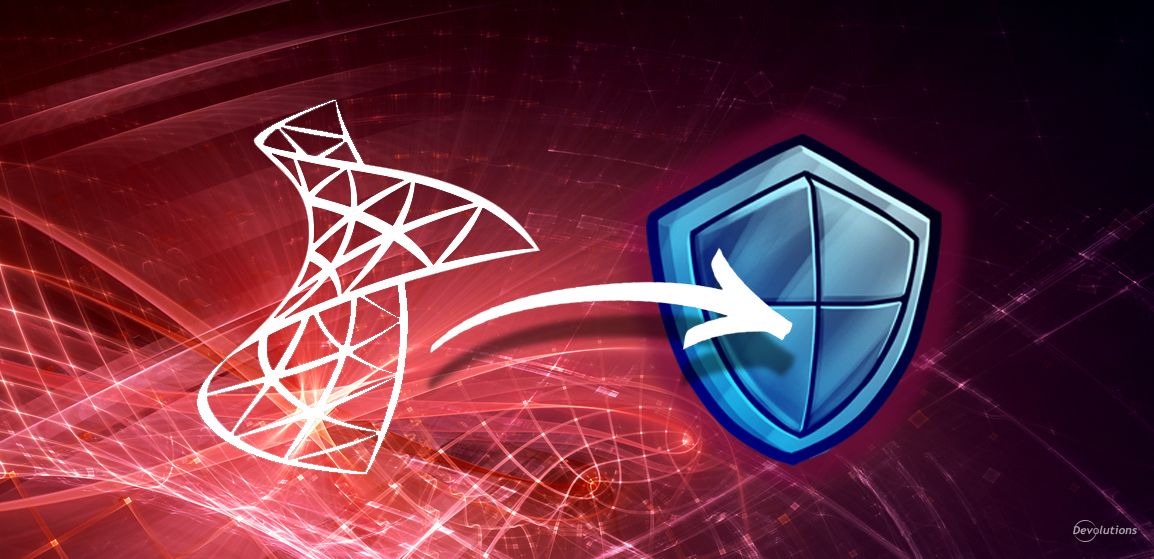There may be times you’re not sure whether to use RDM Jump or SSH port forwarding. I’ll admit that even I get confused sometimes!
The easiest way to look at this is not as an “either/or” decision – because it’s not a matter of one being better than the other. It’s really a question of what you want to do. In a moment, we’ll look at the differences between RDM Jump and SSH Port Forwarding. First though, some of you may benefit from a quick recap.
Remote Desktop Manager Jump
RDM Jump is free and fully integrated with our flagship solution Remote Desktop Manager. It connects to a remote host – often called a Jump Box or a Service Host – which in turn is used to connect to other hosts. It’s comparable to Microsoft’s RD Gateway (no surprise there). Jump can be really useful when using RDP in RDP, but this is just one example amongst others.
Typical uses for RDM Jump:
- Access a secure network through a single host.
- Workaround the limitations of some VPN clients.
- Send commands securely over an RDP channel, which are then executed on the service host.
SSH Port Forwarding SSH Port Forwarding creates a secure connection between a local computer and a remote machine, through which services can be relayed. It is used to forward a port from the client machine to the server machine, or vice versa. The SSH client listens for connections on a configured port, and when received, tunnels the connection back to an SSH server. Typical uses for SSH Port Forwarding:
- Goes through a firewall.
- Access a secure network through a single host.
- Access local network resources that aren’t exposed to the Internet.
Differences Between RDM Jump and SSH Port Forwarding Here’s a handy table that highlights some of the key differences between RDM Jump and SSH Port Forwarding:
| Features | RDM Jump | SSH Port Forwarding |
|---|---|---|
| Concurrent User | You need one open Windows session for each connection to establish the first jump. As such, there is no concurrent user (unless a Terminal Service is installed on your machine). | |
| Display mode | Jump supports only the embedded display mode for the jump itself, the secondary session can use any of your preferred display mode. | |
| Access to Other Apps | RDM Jump is part of Remote Desktop Manager. As such, you need to first launch RDM and then connect to the outside world, where you’ll have access to other applications that are supported by RDM. | |
| Connection | Once you’ve configured Jump on a session, simply open your connection and Jump will take care of the rest. |
There you go folks! I hope this helps you decide which tool is best suited for your needs.
As always, please let us know your thoughts by using the comment feature of the blog. You can also visit our forums to get help and submit feature requests, you can find them here.




